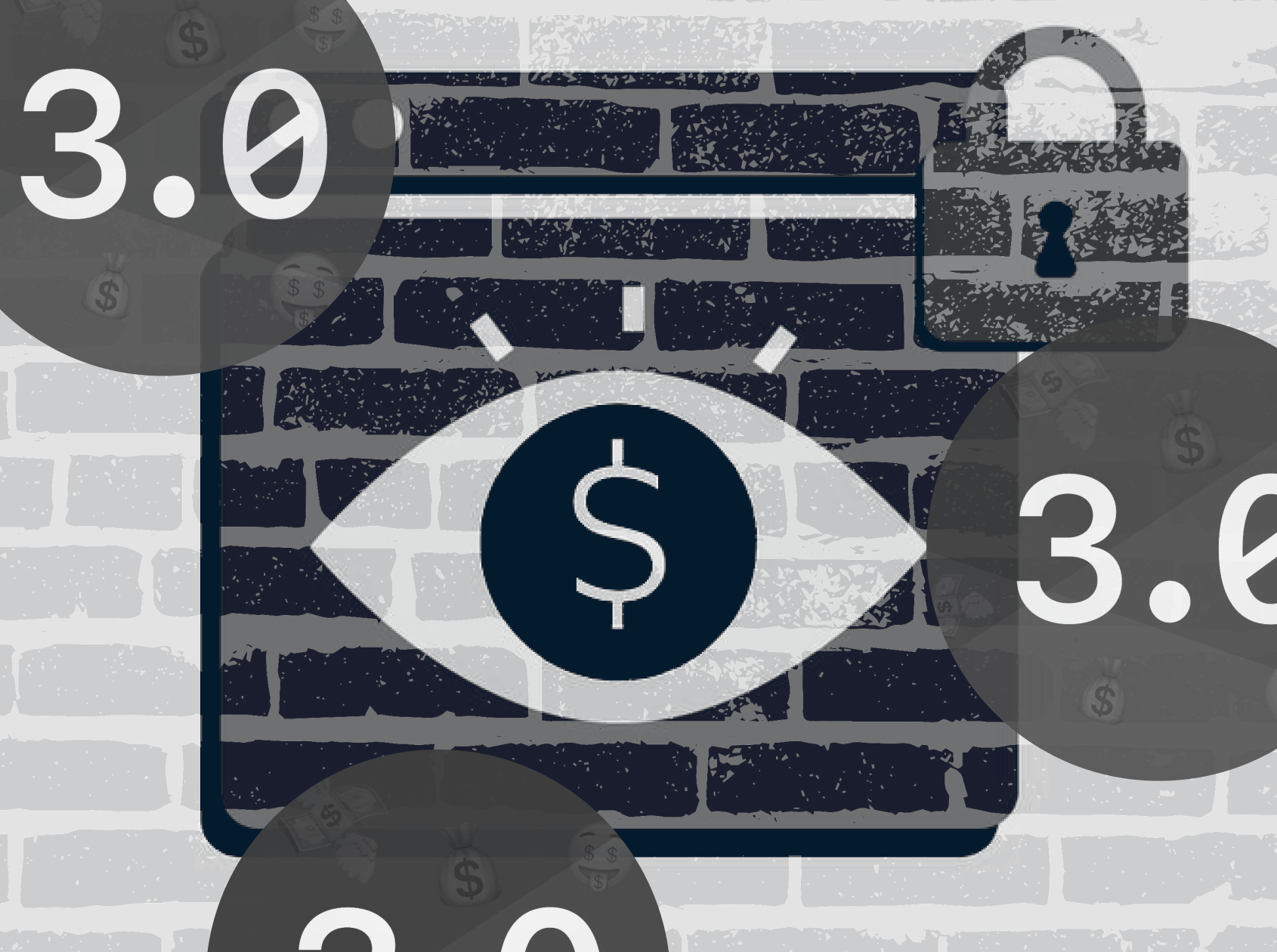Google’s recent announcement that it canceled plans to phase out third-party cookies on its internet browser Chrome has sent ripples through the digital advertising world. This might feel like a reprieve, but actually it’s a reminder of how most publishers live on the edge of extinction.
For years, the looming demise of cookies threatened to disrupt advertising revenue for news outlets. This latest update, coupled with the ongoing challenges the industry already faces in the digital age, necessitates a bold, proactive approach to monetization: a new take on the paywall.
The internet’s rise decimated traditional news revenue models. As readers flocked online, print advertising plummeted, classifieds sections dried, and job listings evaporated, forcing publishers to experiment with digital strategies. While many transitioned to online platforms beginning in the early ’80s, most publishers never replicated the glory days of print profits in the digital space.
By the mid-’90s, we began to see early paywalls. Paywall 1.0, we’ll call this period, was simple: Online visitors would read a certain number of articles for free, then hit a paywall. In many ways it saved the news industry because it proved that people were willing to pay for news online. However, it was a simplistic reaction. Paywall 1.0 generalized readers as subscribers and non-subscribers, and barred access to the latter if they didn’t pay, ignoring audiences who weren’t ready to pay but might have later or under different circumstances.
Over the next 10 years, Paywall 2.0 improved on the model by being driven by data and aimed at identifying high-propensity subscribers. Publishers began using detailed analytics to track user behavior and preferences. This allowed them to target these high-potential subscribers with personalized offers and content. However, there are two major issues with this approach today: it relies on manual adjustments and A/B testing to optimize performance, which makes it too slow to adjust to the fast-evolving needs of consumers.
Now, we’re seeing the emergence of the next evolution of this model, which we’re calling Paywall 3.0. It’s a dynamic and agile strategy that enables publishers to truly adapt and take command of the market.
This model improves on Paywall 2.0 by using (you guessed it) AI and data analytics to create highly personalized user experiences. It continuously learns from user interactions, dynamically adjusting paywall and advertising strategies to maximize engagement and conversion across all revenue streams. By utilizing AI, publishers can gain a deep understanding of their audience’s preferences, behaviors, and interests. This informs not only personalized subscription options and pricing but also highly targeted advertising content that resonates with individual users. The result: increased engagement, click-through rates, and ultimately, higher revenue generation across both advertising and subscription models.
First-party data and behavioral insights allow for real-time personalization and automation, which is essential for offering a seamless user experience. Paywall 3.0 integrates with existing systems, allowing publishers to offer various pricing packages and personalized experiences without overhauling their infrastructure. It also increases efficiency by reducing the time and costs associated with manual testing, freeing up internal resources to focus on other tasks.
Regular readers of this newsletter will recognize this as yet another example of Total Monetization. And as we’ve said, Total Monetization is the dominant strategy for companies looking to strengthen their position in this market shakeout. Surviving requires retention first. You could have the same products and services and even the same go-to-market strategy as your competitors, but what you won’t have is the exact same customers. That is the big differentiating factor. With data, AI, and a modular monetization platform, businesses can seamlessly deliver a personalized experience (offers and content) that no other company can provide to their customers.
The best publishers are focused on long-term relationships with their readers, and in the quest to improve how they go about building those relationships, they’ve left behind simple algorithms and embraced AI-driven paywall strategies.
Back to the lead: Companies can’t rely on third-party cookies — or any third-party for revenue. By adopting Paywall 3.0 and Total Monetization strategies, publishers can collect and monetize the data they need directly from customers and chart their own course. The future of news depends on the intelligent use of data to drive engagement and revenue, ensuring that quality journalism continues to flourish in the digital age.
This is the sixth installment of the Total Monetization Series. We’re challenging companies to move beyond one-size-fits-all pricing models and craft a dynamic mix of offerings and business models that meet ever-changing consumer demand. This customer-centric and future-proof approach can unlock recurring growth and give modern businesses staying power.
Stay tuned for more conversations about Total Monetization. We’re just getting started and have so much more to cover. See you next time.



